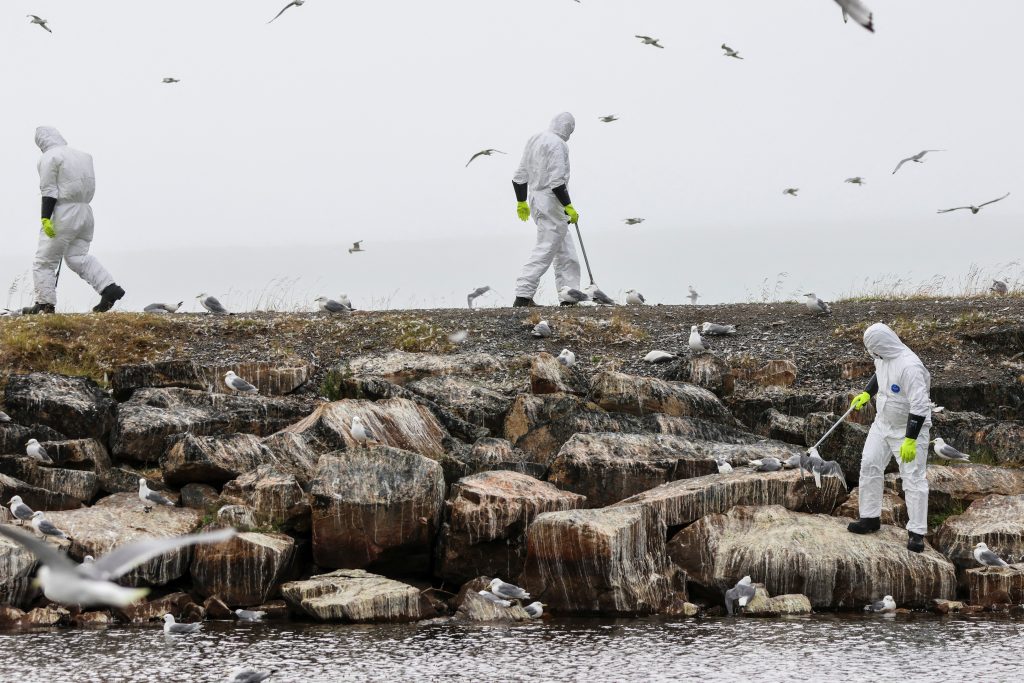The World Health Organisation (WHO) has called for enhanced global surveillance of bird flu following the first reported case of a child in the United States. Speaking at a press conference on Thursday, Maria Van Kerkhove, WHO’s director for epidemic and pandemic preparedness, emphasised the need for stronger monitoring of the H5N1 avian influenza virus in animals and humans.
“What we really need globally, in the US and abroad, is much stronger surveillance in animals: in wild birds, in poultry, in animals that are known to be susceptible to infection, which includes swine, which include dairy cattle, to better understand the circulation in these animals,” said Van Kerkhove.
Although H5N1 first emerged in 1996, outbreaks have significantly increased since 2020. The virus has devastated bird populations, killing tens of millions of poultry and infecting wild birds and mammals, including land and marine species. While human cases remain rare, mild infections have been recorded in Europe and the US, mostly linked to direct contact with infected animals.
Last week, a child in California became the first person in the US to test positive for bird flu in 2024. The child, who displayed mild symptoms, is recovering at home after receiving antiviral treatment. Health authorities have provided preventive measures to contacts at the child’s day-care centre.

According to the US Centers for Disease Control and Prevention (CDC), 55 human cases of H5 avian influenza have been reported in the country this year, with 29 in California. Nearly all the infections were linked to contact with infected animals.
Van Kerkhove stressed the importance of thorough investigations into human cases to rule out human-to-human transmission, which has not been observed so far. She also called for better safety practices, including the use of protective equipment and expanded animal testing, to curb the spread of the virus between species and to humans.
The WHO is urging global vigilance to prepare for the possibility of a future influenza pandemic, even though current risks remain low. Van Kerkhove, who also led the WHO’s technical response to COVID-19, warned, “We’re not in the situation yet, but we need more vigilance.”


